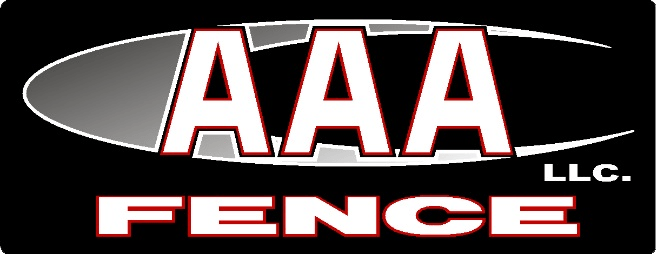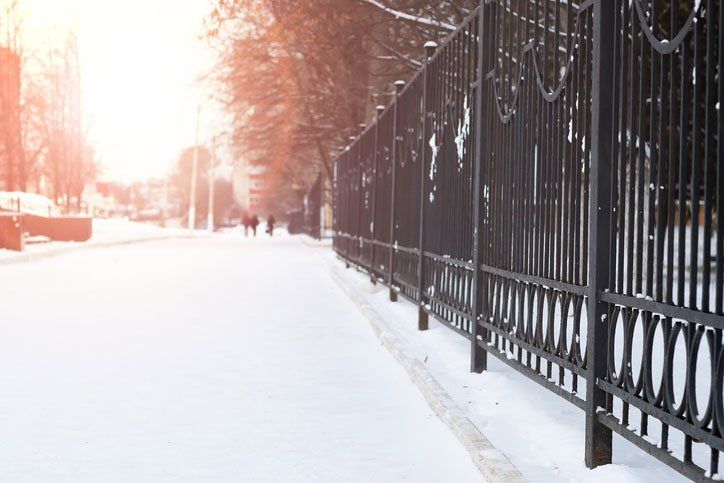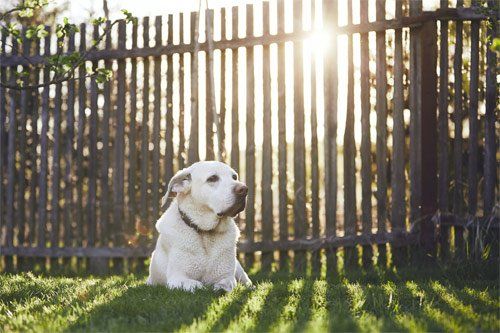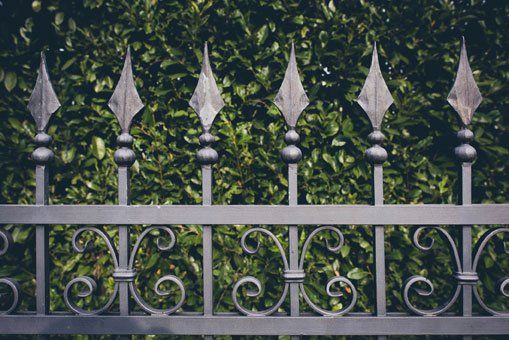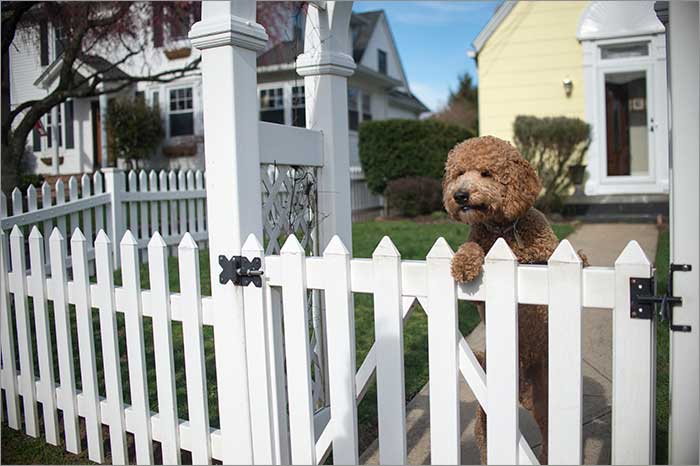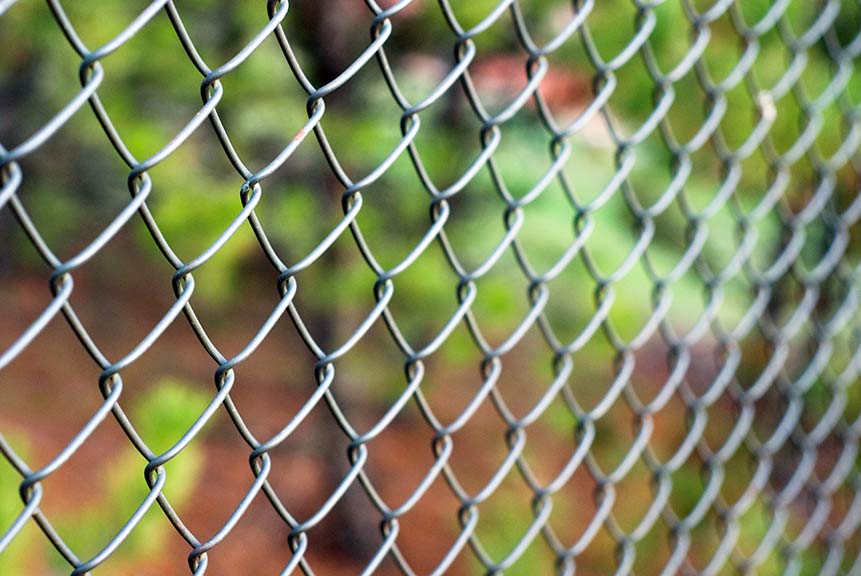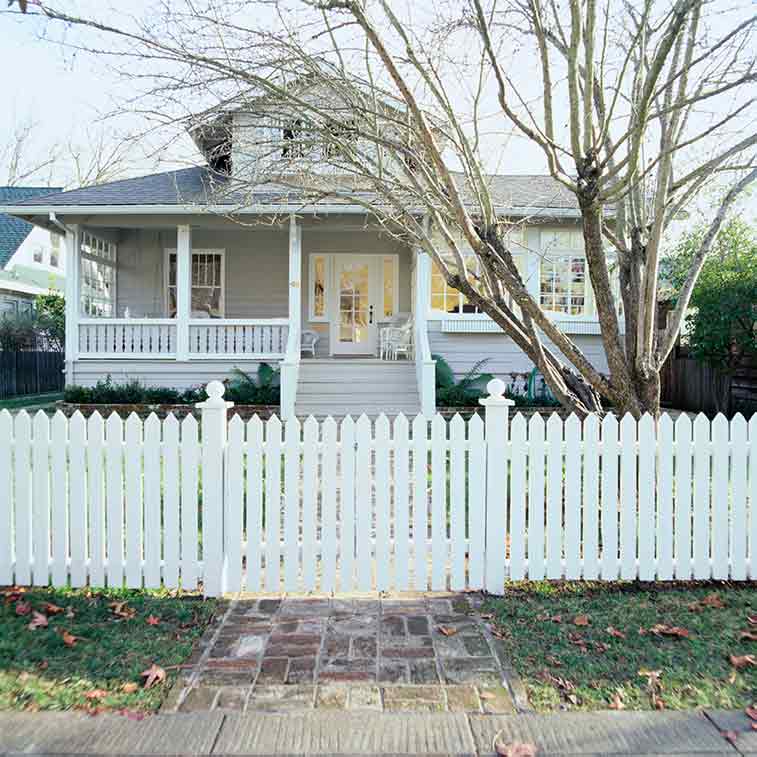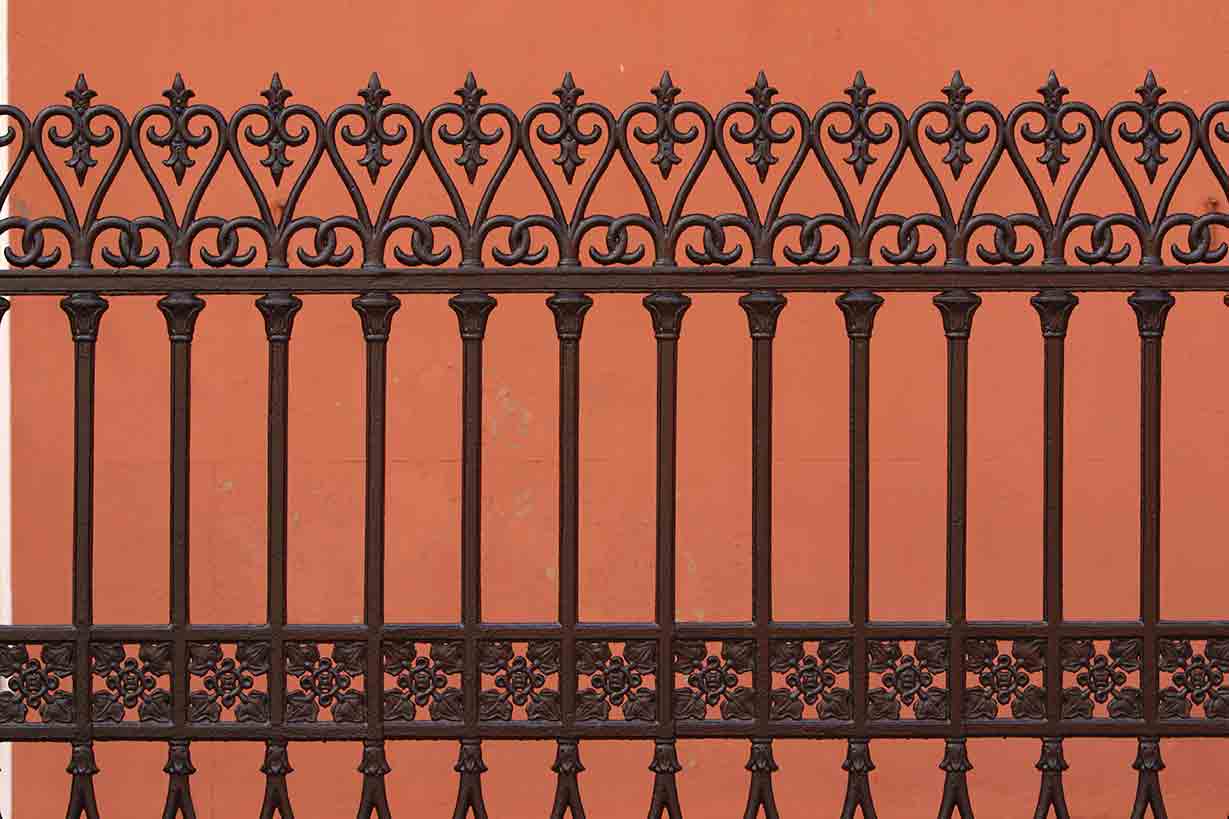The Nitty Gritty About Chain Link Fencing
- By Admin
- •
- 18 Dec, 2017
- •
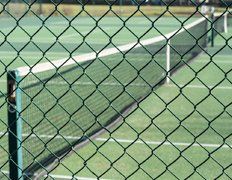
How Is Chain Link Fencing Constructed?
The main part of the fence - the chain links - is actually a woven metal fabric. Manufacturers use metal wire that's been galvanized to prevent corrosion. They run it through machinery to create a series of spirals that interweave to make the mesh. The manufacturers can use different gauges of wire, typically 9 or 11, which affects the strength of the mesh.
To construct the fence itself, contractors start by sinking posts into the ground. They attach the metal mesh to one terminal post and unroll the fabric along the fence perimeter. They attach the mesh to line posts along the way until they reach the final terminal post.
How Can You Customize Chain Link Fencing?
Generally, 11-gauge chain link fencing is typical for residential projects, while 9-gauge is used for industrial projects. You also have different options for the height of the mesh, ranging from 42 inches to 72 inches.
One of the main ways you can customize chain link fencing to your property is with color. Manufacturers have started coating the mesh with vinyl paint, which helps reduce rust and corrosion even beyond the galvanization process. The colors are limited to green, black, white, and brown.
It's also possible to get chain link mesh that's been coated in powder. The material comes pre-coated from the manufacturer, or you can custom order a color. Powder coating adds to the price, though.
How Can You Update an Existing Fence?
Whether you have a colored or plain chain link fence, you can further customize it with updates. If you have a standard steel fence with no coating, you can paint it with aluminum paint. To do so, you need to clean the fence thoroughly and use a roller to coat both sides of the mesh thoroughly.
Sometimes you want more privacy than the open weave of a chain link fence offers. Using privacy slats is a good option. These weave between the links in the mesh - some people even get artistic and create designs with the privacy slats.
Many homeowners choose to cover the fencing itself with another material. This can include bamboo panels, wooden panels, and reed screens.
For commercial properties, green mesh wind screens are a common way for adding privacy and even reducing wind.
Manufacturers have started printing foliage, wood rails, and masonry on the mesh wind fabric for residential applications. In some cases, the panels even come with a three-dimensional simulation of foliage.
How Can Your Repair a Chain Link Fence?\Chain link is a durable and low-maintenance fencing option. You can power-wash it once a year or any time you notice dirt. Once every couple of years, you should inspect the fence for signs of damage or rust.
It's unlikely you'll have to do any repairs on the fence just from regular use. However, accidents do happen, and your fence can become damaged from a collision. It's possible to replace damaged parts, such as a post or rail, yourself. However, if the mesh itself is damaged, it's best to call a professional repair person as this can be a tricky fix.
Chain link is a budget-friendly, sturdy fencing option that can work for both residential and commercial properties. If you're considering a chain link fence, visit AAA Fence LLC for more information.
